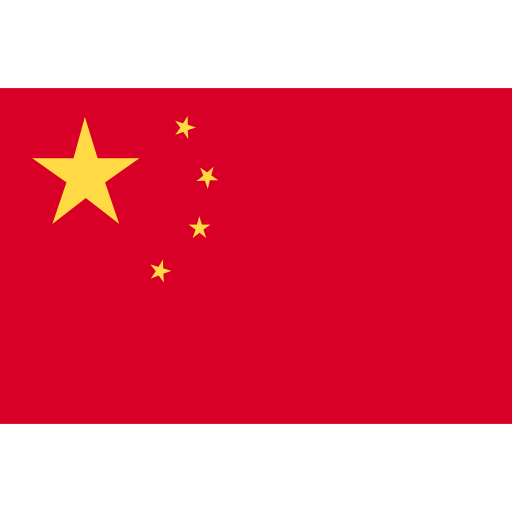Panama Import Data
The Republic of Panama is another name for Panama. Panama is a transcontinental country that includes both the northern and central regions of South and North America. Costa Rica, Colombia, the Caribbean Sea, and the Pacific Ocean are the two nations with which the nation has boundaries. Panama's economy is ranked 58th out of the world's most complicated. According to Panama customs data and trade data, Panama ranked 69th out of 226 nations in terms of total imports in 2023. Panama import data helps analyze market trends by identifying the most imported products, their source countries, and changes in demand. By understanding consumer preferences, businesses can adjust their business strategies to cater effectively to the local market. Let us into the realm of Panama import data, focusing on the year 2023.
According to Panama’s import data, Panama imported goods worth a total of $35.1 billion in 2023. Panama's import of goods in 2023 rose by 17% in comparison to the previous year, as per Panama shipment import data. Panama’s total GDP is $83.38 billion, and a GDP import share of 95.91%. Panama’s trade activities play a huge role in its trade. Panama is a part of trading blocs such as WTO and CAFTA. According to Panama’s customs data, Organic chemicals are the biggest import of Panama, while China is its biggest import partner. By acquiring Panama trade statistics and its significance, businesses can make informed decisions and capitalize on emerging opportunities in the Panamanian market. Let us explore more about the Panama import statistics along with Panama’s trade activities in 2023.




